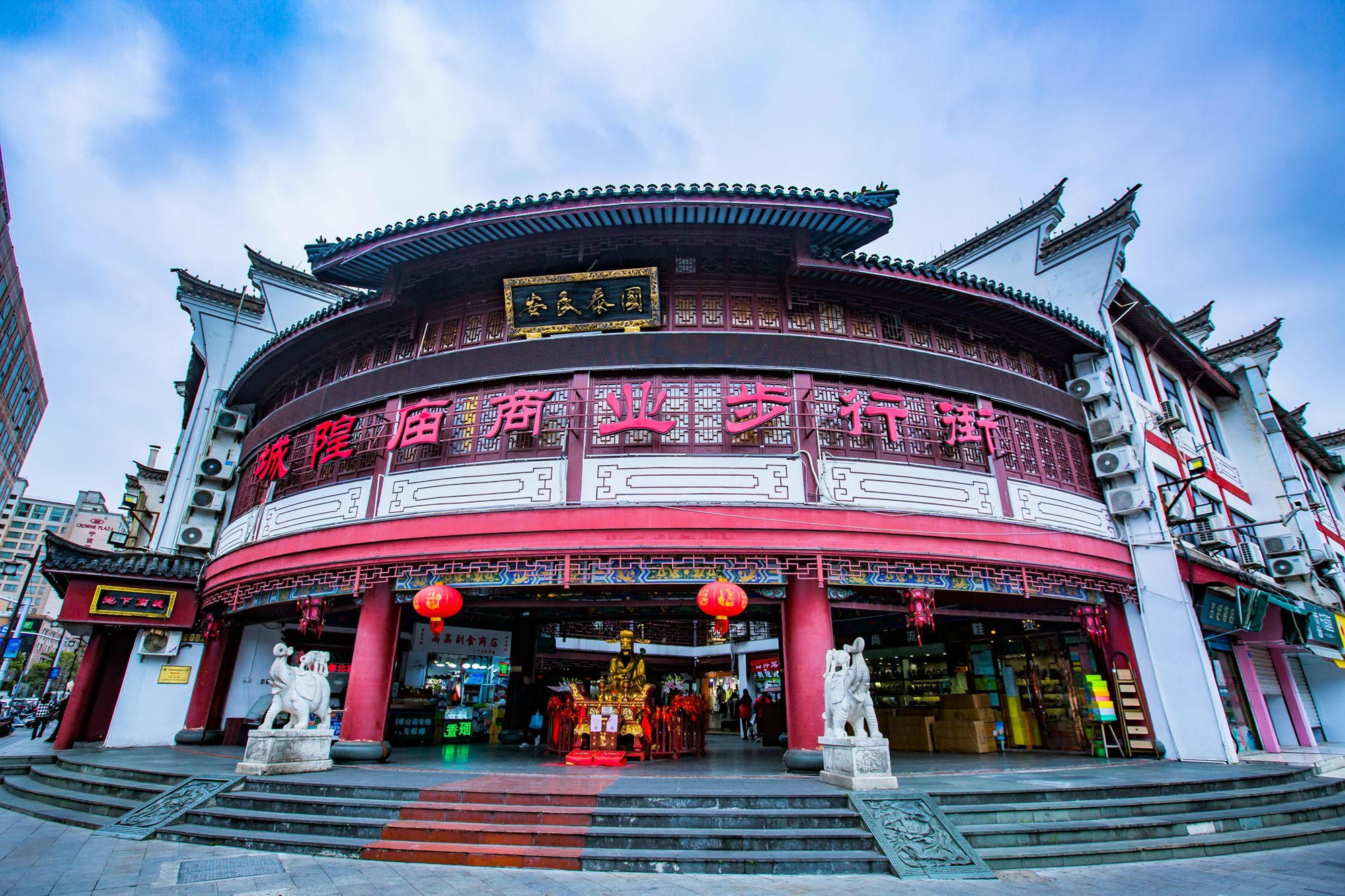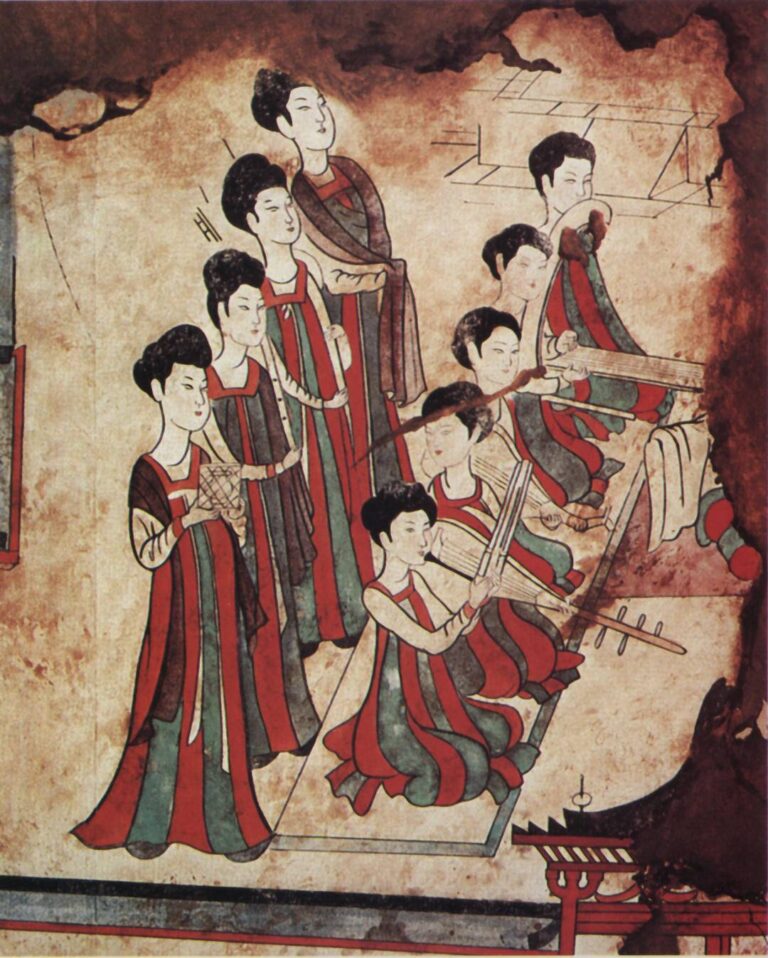
Read the Thousand Years of Haishu|The County and Temple’s Thousand Years of Loyalty Letter
The sea is set in Boning, and the dawn of the sea is dawning. For thousands of years, the sea has been graced with beautiful landscapes, graceful bells and souls, numerous sages and celebrities, and profound historical and cultural accumulation. From the mighty Sanjiang River to the gurgling Liutang River, from the rolling Siming Mountain to the exquisite Duxiu Mountain, from the Tianfeng Pagoda in the Tang Dynasty to the Moon Lake in the Song Dynasty, from the Yongfeng Library in the Yuan Dynasty to the Tianyi Pavilion in the Ming Dynasty, from From the academic culture of eastern Zhejiang to the compatible business culture of Bona, from Wang Anshi, Shi Hao, Wang Yinglin, Zhang Cangshui, Wan Sitong to Quan Zuwang, Zhao Shuru, Yuan Muzhi… Thousand-year-old Haishu has countless natural scenery and historical relics and humanistic stories are like a rich mine, waiting for us to explore and mine. The Haishu District Omni Media Center and the Haishu District Social Science Federation launched the Shuzhe Social Science Window – a series of articles called “Reading a Millennium of Haishu”, which will take you into the Millennium Haishu, reminisce about the history of the city, and explore the life mark of Ningbo City.

Ningbo City God Temple after restoration and opening (source network)
In ancient times, every city had a City God Temple. The ancients believed that the City God was the patron saint of the city. From the perspective of the history of the belief in the City God, the City God gradually evolved from a natural god to a personification: it was originally a belief in the natural god of the city, and later evolved into the City God, who is the underworld official of one party, protecting the environment and the people, and punishing evil. Promote good deeds. Moreover, most of the Town God’s Temples are located in busy urban areas, and they are used as temples to prosper the city. The image of the City God made the common people feel very relatable.

Ningbo City God Temple Food Festival scene in the late 1980s (source network)
The belief in the City God has a long history and began to flourish in the Ming Dynasty. As far as Ningbo is concerned, there is the Fucheng God Temple in the prefecture and the County Town God Temple in the county. What is even more unique is that Ningbo is a coastal city. In the Ming Dynasty, many health clinics were set up along the southeast coast of Ningbo. From south to north they are: Changguowei, Shipu There are 2 front and back institutes, Juexi Institute, Qiancang Institute, Dinghaiwei (i.e. Zhenhai), Dasong Institute, Guoju Institute, Chuanshanhou Institute, Guanhaiwei, Longshan Institute, Linshan Institute and Sanshan Institute. Wherever there is a city, there must be a City God’s Temple, so these guardhouses all have City God’s Temples. After years of baptism, many City God’s Temples with a cultural relic level have been preserved. For example, the Shipu City God’s Temple has been protected due to its majestic architecture and complete size, and has been listed as a cultural relic protection unit in Zhejiang Province.
Before the establishment of the city at Sanjiangkou in Ningbo, there were ancient cities of “Yin, Luan, and Juzhang” in the Ningbo area. There was a City God’s Temple in the ancient Yin City of Baidu. Now, there are more than 20 Chenghuang temples, large and small, in the entire Ningbo area. Although it is a long time ago, some ancient temple buildings have disappeared, some have been rebuilt on different sites, and some have retained some ruined walls for people to pay homage to. Some are magnificent after restoration and are listed as cultural relics for people to admire and tour.

Ningbo City God’s Temple Stage (source network)
Of the existing City God’s Temple buildings in Ningbo, the City God’s Temple in Ningbo Prefecture is the most grand and distinctive. Ningbo City is the capital of Ningbo and the county seat of Yin County in the old days. Therefore, there are two Town God’s Temples in the city, and they are not far apart. One is on Daliang Street and the other is on County School Street. The difference is only two hundred meters. However, according to people’s memories, the County Town God’s Temple cannot Compared with the county temple, the county temple has now disappeared. The county temple previously housed Daliang Street Primary School, which was later demolished and built into a building. Today, there are eight stone tablets embedded in the back wall of the building, most of which are “Le stone forever banned” “A kind of official notice monument.
In the ninth year of Guangxu’s reign, the Ningbo City God’s Temple was destroyed by fire. “The main hall has three rooms and two lanes, the back hall has five rooms, one pavilion, and the east and west buildings are all scorched earth.” As a result, the old temple needed to be renovated. After two years of repairs, it was basically the current layout of the City God’s Temple, although it was also renovated once during the Republic of China. Repairs, but largely unchanged. In the 1980s, after repairs, the City God’s Temple became a large commercial market with numerous shops, vendors, food city, pedestrian street, shopping, entertainment, tourism and food, which are the fond memories of a generation of Ningbo people. Beginning in October 2018, the City God Temple was reopened to the public after more than a year of renovations.

Ningbo City God Temple after restoration and opening (source network)
In the current City God’s Temple, there is a Huaitang Temple in the east wing, which depicts eight officials related to the construction of the city and major projects and events in Ningbo. They are Han Cha, Ying Biao, Wang Yuanwei, Huang Sheng, Shen Chengye, Wang Anshi, Zhang Qi, Qian Sule. Han Cha was the governor who built Zicheng, Ying Biao was the governor who built Lingqiao, Wang Yuanwei was the governor who built Taishanyan water conservancy project, Huang Sheng was the governor who built Luocheng, Wang Anshi was the magistrate of Yin County, and Qian Sule was the governor of Ming Dynasty. The leader of the late anti-Qing Dynasty, Shen Chengye was the official who first built the City God’s Temple, and Zhang Qi was the official who moved and built the City God’s Temple in the late Ming Dynasty. Cities, bridges, water conservancy, and temples are all areas where officials in ancient cities should achieve their political achievements. Because these officials did good deeds that benefited all officials, the people enshrined them in the temple in the form of sacrifices and enjoyed the incense and offerings with the City God. At the same time, it also plays a certain educational role. Only by doing good things for the people can they be immortal and famous for generations to come.
In modern terms, the old City God’s Temple was a large-scale cultural complex based on the City God’s beliefs and customs, integrating culture, economy, and commerce, and was the carrier of market culture. The ancient buildings are of cultural relic value, the exquisite carvings are of appreciation value, and the statues of gods are sculpture art galleries left by folk artists. The furnishings and decorations are all integrated with the skills of many current intangible cultural heritage projects. Most of the temple buildings in Ningbo are splendid and magnificent, mostly because of the “zhujin wood carving”, which is the first of Ningbo’s four major crafts. The carved flower board components have a background color of It is reddish red, and some of the patterns are covered with gold foil, which makes it sparkle and last forever. The City God’s Temple can be said to be a showcase of Ningbo’s traditional crafts.
There is a stage in the Chenghuang Temple, where Peking Opera (Hui Troupe), Shao Opera (Shaoxing Da Troupe), Yue Opera (Dedu Troupe), and Yong Opera (Ningbo Tanhuang) have been performed. It is an open theater. It is called “Rewarding the Gods”. In fact, people enjoy themselves with the people. “The sound of gongs makes the soles of their feet feel itchy.” Not only the surrounding residents will come to join in the fun and watch the show when they hear the sound of gongs and drums, but villagers from all over the country will also After hearing the news, every move and every song on the stage attracted the audience like a magnet. When they heard the clown’s jokes, the audience laughed unconsciously. When they saw the treacherous minister harming the loyal and good, the audience gnashed their teeth and yelled. , many old women secretly wiped the tears from their eyes during the long and sad performance. Theatergoers are also in the theater.

Ningbo City God Temple Festival Activities (Source Network)
When it comes to Ningbo City God Temple, many people will associate it with the snack city, such as fried quail, beef noodles, glutinous rice balls, wontons, fried rice cakes and so on. In the old days, there were many snacks in the Chenghuang Temple. This was because the Chenghuang Temple had a large flow of people and small vendors would not let go of such a good business opportunity. The temple prospered the city and was very lively. Later, in the 1980s, after the county temple was repaired, a Chenghuang Temple Food Court was set up. There were many daily necessities stores on both sides. Therefore, contemporary people’s memory of Ningbo City God Temple is snack shopping.
Whether it is the rise of the City God Temple or the adjustment of the City God Temple’s business format, they are witnesses of an era and a city.
Excerpted from “Zhejiang Literature and History Memory Series – Haishu Volume”
Sourse: Haishu

